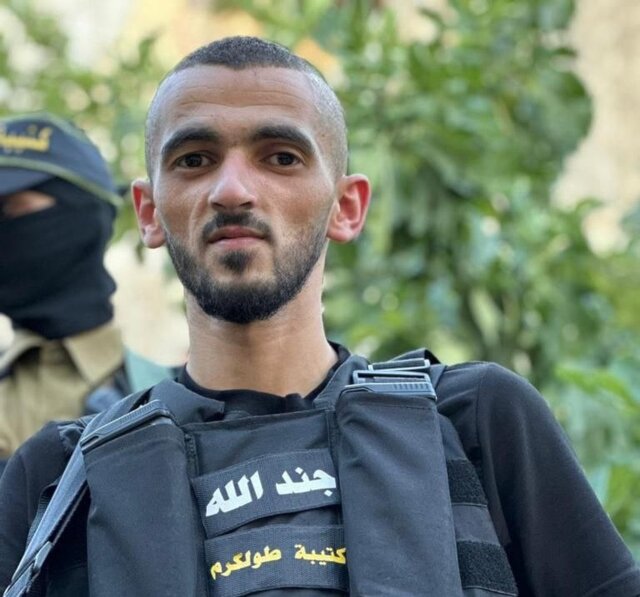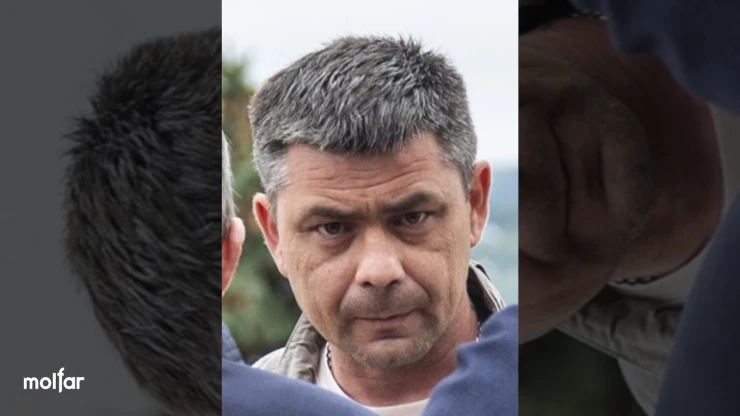Mullah Nangialai—Herat Shadow Governor of Taliban Splinter Group Killed in Airstrike
Mullah Nangialai—Herat Shadow Governor of Taliban Splinter Group Killed in Airstrike
On January 8, a U.S. drone strike killed a commander of a Taliban splinter group in Afghanistan’s western Herat province. The commander, Mullah Nangialai, was an influential member of a Taliban splinter group, the High Council of the Afghanistan Islamic Emirate (HCAIE). The drone strike took place in the Shindand district of Herat and allegedly resulted in several dozen civilian casualties. Members of the Herat provincial council claim 60 civilians were killed. Eyewitnesses have claimed that approximately 30 members of the Taliban splinter group also died. Subsequent statements by local council members and Afghan human rights officials put the number of deaths at 10 civilians, including one women and three children, and 15 militants (Tolo News, January 9; Ariana News, January 9).
Nangialai has reportedly had a connection to the Taliban for much of his life, as his father, Amanullah, was a local strongman with ties to the militant group. Amanullah fought against Ismail Khan, the U.S.-supported governor of Heart, following 9/11 (Afghan Analysts Network, April 20, 2016; Afghan-bios, January 23, 2019).
Nangialai was one of many influential militant leaders who broke away from the Taliban in the leadership struggle following the death of its leader Mullah Mohammad Omar, which became public knowledge in July 2015. Muhammad Rasool, then the Taliban shadow governor of Farah province, contested the legitimacy of Akhtar Mansour’s ascension to leadership, and announced the formation of HCAIE from Herat (Tolo News, November 2, 2015). Nangialai was made a commander of the new faction and Herat’s shadow governor (Tolo News, January 10).
The HCAIE quickly came into conflict with Taliban loyalists. Nangialai’s forces fought the local forces affiliated with the organization in Herat on multiple occasions, with much of the fighting taking place in the Zerkoh valley of the Shindand district. The valley has been a center of insurgency and Taliban activity since the beginning of the war. Small clashes broke out between Nangialai and the local Taliban loyalist commander Mullah Abdul Samad in December 2015, ending in a stalemate. Samad received reinforcements in the form of additional Taliban fighters from Quetta, Pakistan, and mounted an offensive on Nangialai’s territory in March 2016. The fighting resulted in over a 100 militant deaths and the eviction of Nangialai’s forces from the Zerkoh valley (Afghan Analysts Network, April 20, 2016; Pajhwok, March 9, 2016). In further clashes in December 2017, Samad was wounded and several of his commanders killed in fighting with Nangialai’s forces (Ariana News, December 20, 2017). Additional fighting was also reported in January 2019 (Ariana News, January 23, 2019).
Nangialai and the HCAIE reportedly received assistance from Afghan intelligence sources. Nangialai’s forces largely concentrated on fighting the Taliban, rather than the Afghan government, and it is possible that Afghan intelligence provided resources to Nangialai in order to divide the organization and ensure that the Taliban did not have complete control over the Zerkoh valley area. Following his death, a member of the Afghan parliament, Sattar Hussaini, was quoted as saying, “Nangialai was one of those who cooperated with the government—the National Directorate of Security” (the NDS is the Afghan government’s primary intelligence agency). A retired Afghan general has also alleged that the HCAIE has received support from Iran (Tolo News, January 10).
Analysts have raised the question of why Nangialai was killed now. Some have questioned the reasoning behind killing a militant leader who was actively fighting the Taliban in a remote, strategic region of the country. U.S. officials have said that the airstrike came at the request of Afghan forces on the ground (Tolo News, January 9). Having been a figure of prominence in Herat due to his strong familial ties to the area, Nangialai’s death will provide the Taliban with an opportunity to solidify their position in Herat.


